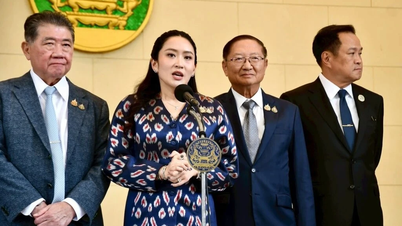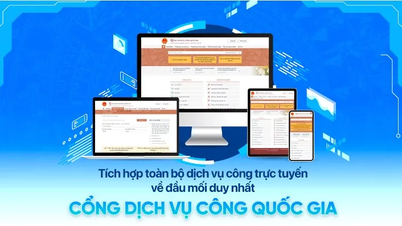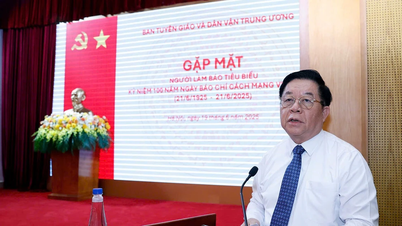The National Assembly has officially passed the Law on Product and Goods Quality (amended), marking an important turning point in quality management policy in Vietnam with many notable regulations.

The National Assembly voted to pass the Law amending and supplementing a number of articles of the Law on Product and Goods Quality. (Photo: Ministry of Science and Technology )
Publicly disclose product information online
Article 34b of the Law stipulates that organizations and individuals doing business online must clearly and fully disclose information related to goods such as: Quality, origin, instructions for use, safety warnings, etc. when putting products on e-commerce platforms.
Accordingly, organizations and individuals doing online business are responsible for fully disclosing information about the quality, origin, instructions for use, safety warnings, etc. of products sold on their platforms.
In addition, owners of digital platforms must establish and operate a system to receive and handle consumer complaints, and coordinate with authorities to handle quality violations.
This regulation helps protect consumer rights while creating a level playing field between traditional and online business models.
“Digital passport” and traceability
Another important new point is the legalization of the concept of “digital product passport”. According to Clause 8, Article 3, this is a set of digital information about the product, including the supply chain – from raw materials, production to distribution. This information will be shown through barcodes or other digital methods, easily accessible by digital devices.
Article 6d further affirms that traceability will be mandatory for high-risk product groups. This will not only serve consumers in looking up the origin but also help authorities track and trace products in case of violations or safety incidents.
Risk categorization instead of mass testing
The new law also fundamentally changes the way goods quality is managed, shifting from administrative inspection to risk-based control. Article 5 of the law stipulates that products and goods are classified into three groups: low risk, medium risk and high risk.
This classification is based on specific criteria such as impact on health, environment, controllability in the supply chain and international warnings. Depending on the level of risk, businesses will be subject to different requirements – from self-declaration to certification of conformity. This is a direction in line with international practices, while creating favorable conditions for Vietnamese businesses to access foreign markets.
In addition to regulating individual responsibilities, the law also sets out clear requirements for building a national quality management infrastructure. Articles 6a and 6b assign the Ministry of Science and Technology the focal role, and require ministries, sectors, and localities to connect and share data to improve monitoring efficiency.
The new national monitoring system will integrate data from customs, quality control, traceability, international warnings and consumer feedback. This will help focus the inspection of goods, reduce overlap, and save costs and time for both businesses and authorities.
Source: https://vtcnews.vn/3-diem-moi-dang-chu-y-trong-luat-chat-luong-san-pham-hang-hoa-sua-doi-ar949788.html




































































































Comment (0)